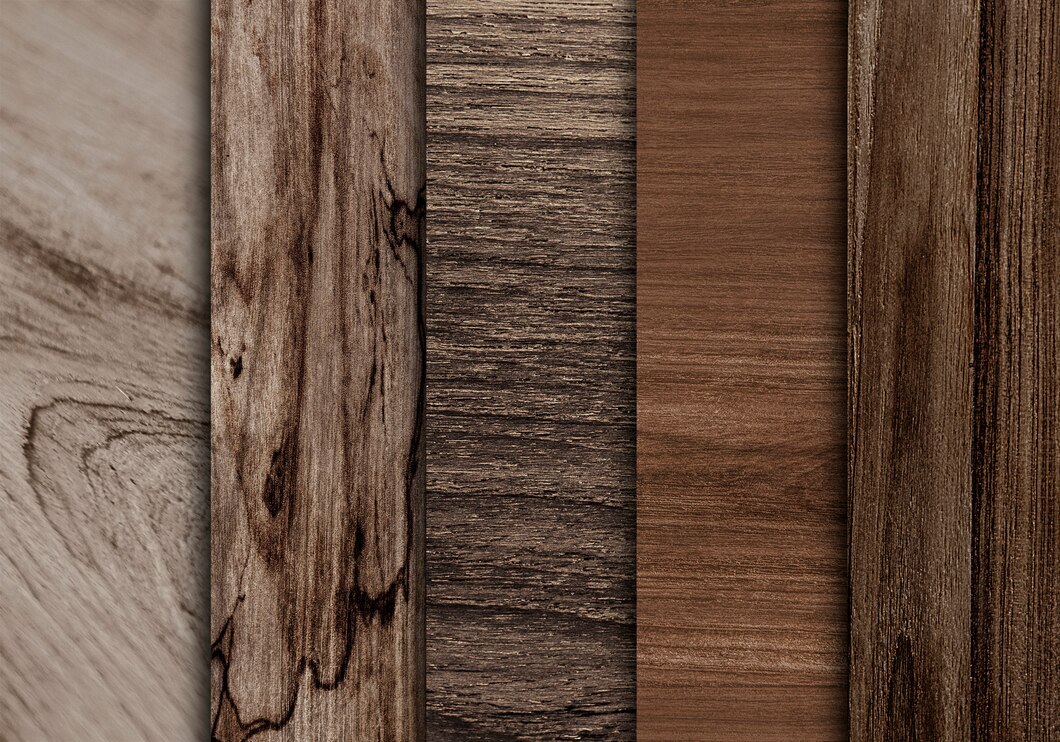Tips for Combining Different Types of Wood in a Single Project

Woodworking is an art form that combines creativity with technical skill. One of the more advanced techniques in this craft is the blending of different wood types within a single project. This approach can add complexity, contrast, and aesthetic appeal to your work. However, it requires thoughtful planning and execution.
Cincinnati Dowel & Wood Products, with its diverse range of wood products including dowel rods, wood plugs, and wood turnings, offers a plethora of options for those looking to explore this technique.
In this blog post, we will provide tips on how to effectively combine different species of wood in a single project, ensuring both a harmonious design and structural integrity.

Understanding Wood Characteristics
The first step in combining different woods is to understand the characteristics of each type. Woods vary in terms of color, grain pattern, texture, and density. For instance, a project may combine the light, fine-grained appearance of maple with the rich, darker tones of walnut. Knowing these attributes helps in making informed decisions about which woods will complement each other visually and structurally.
Considering Wood Movement
Different wood species react differently to environmental changes, especially in terms of humidity and temperature. This phenomenon, known as wood movement, must be considered when combining wood species. For example, using a dowel rod of one type of wood to join pieces of another type requires understanding how each wood type expands and contracts. Cincinnati Dowel’s range of dowel rods offers various wood types, allowing for proper matching to minimize issues with wood movement.
Color and Grain Contrast
One of the most visually striking aspects of using multiple wood types is the potential for contrast. Pairing woods with different colors and grain patterns can create visually appealing designs. However, it’s important to strike a balance. Too much contrast can be jarring, while too little may not achieve the desired effect. For instance, using a dark walnut dowel rod in a light oak piece can create a subtle yet striking contrast.
Finishing Techniques
Finishing techniques can either highlight or downplay the differences between wood species. Using the same finish on different woods can unify the appearance, while different finishes can accentuate contrast. It’s also important to test finishes on scrap pieces first, as different woods can react differently to the same finish, affecting the overall look of the project.
Structural Considerations
When combining wood species, consider the structural role of each component. Denser, stronger woods like hickory or oak might be better suited for structural elements, whereas lighter woods can be used for decorative parts. For instance, oak dowel rods can be used for their strength in joints, while a softer wood like pine can be used for decorative turnings or inlays.

Harmonious Design
Achieving a harmonious design when mixing wood is about finding the right balance. Consider the proportion of each wood type in the overall design. A project dominated by one type with accents of another can create a cohesive look. For example, a table with a walnut top and maple legs can be unified with walnut wood plugs from Cincinnati Dowel to cover the screw holes.
Juxtaposition of Textures
Texture plays a significant role in design. Combining wood species with different textures can add depth and interest to a project. A smooth, finely grained wood can be paired with a more textured wood for a tactile experience. This juxtaposition can be particularly effective in projects like cutting boards or decorative pieces.

Testing and Experimentation
Before committing to a design, it’s beneficial to test combinations. Create small mock-ups or samples using the woods you plan to combine. This approach allows you to see how the colors, grains, and finishes interact and can help you refine your design before moving to the final project.
Creative Use of Dowels and Plugs
Dowel rods and wood plugs offer creative ways to incorporate different woods into a project. A contrasting dowel used in a joint or a different wood plug can add a subtle but effective design element. Cincinnati Dowel & Wood Products provides a variety of dowels and plugs in different woods, enabling creative combinations in your projects.
Consistency in Woodworking Techniques
When working with different woods, maintain consistency in your woodworking techniques. This consistency ensures that despite the differences in material, the craftsmanship remains coherent throughout the piece. The way joints are cut, edges are finished, and surfaces are prepared should be uniform across all types of wood used.
Balancing Cost and Availability
Different woods come with varying price tags and availability. When planning your project, consider the cost and availability of the woods you intend to use. Balancing these factors can help ensure that your project stays within budget and is feasible to complete with the materials at hand.
Environmental Considerations
Lastly, consider the environmental impact of your wood choices. Opt for woods that are sustainably sourced and environmentally friendly. Cincinnati Dowel & Wood Products is committed to sustainable practices, ensuring that their wood products are not only of high quality but also eco-friendly.
Master Woodworking with Cincinnati Dowel's Versatile Wood Species
Combining different species of wood in a single project can elevate your woodworking to a new level of artistry and craftsmanship. It requires a thoughtful approach, considering factors such as wood characteristics, movement, design balance, and finishing techniques. By utilizing the diverse range of products available from Cincinnati Dowel & Wood Products, including dowel rods, wood plugs, and wood turnings, you can experiment with various wood combinations to create unique, beautiful, and harmonious pieces. Remember, the key to successfully mixing wood species lies in understanding and respecting the natural properties of each species and using them to complement one another in your woodworking projects.
Happy with the difference Cincinnati Wood products have made for your operations? Leave us a five-star review on Google here!
Want more wood tips? Follow us on Facebook, Instagram, and LinkedIn!


